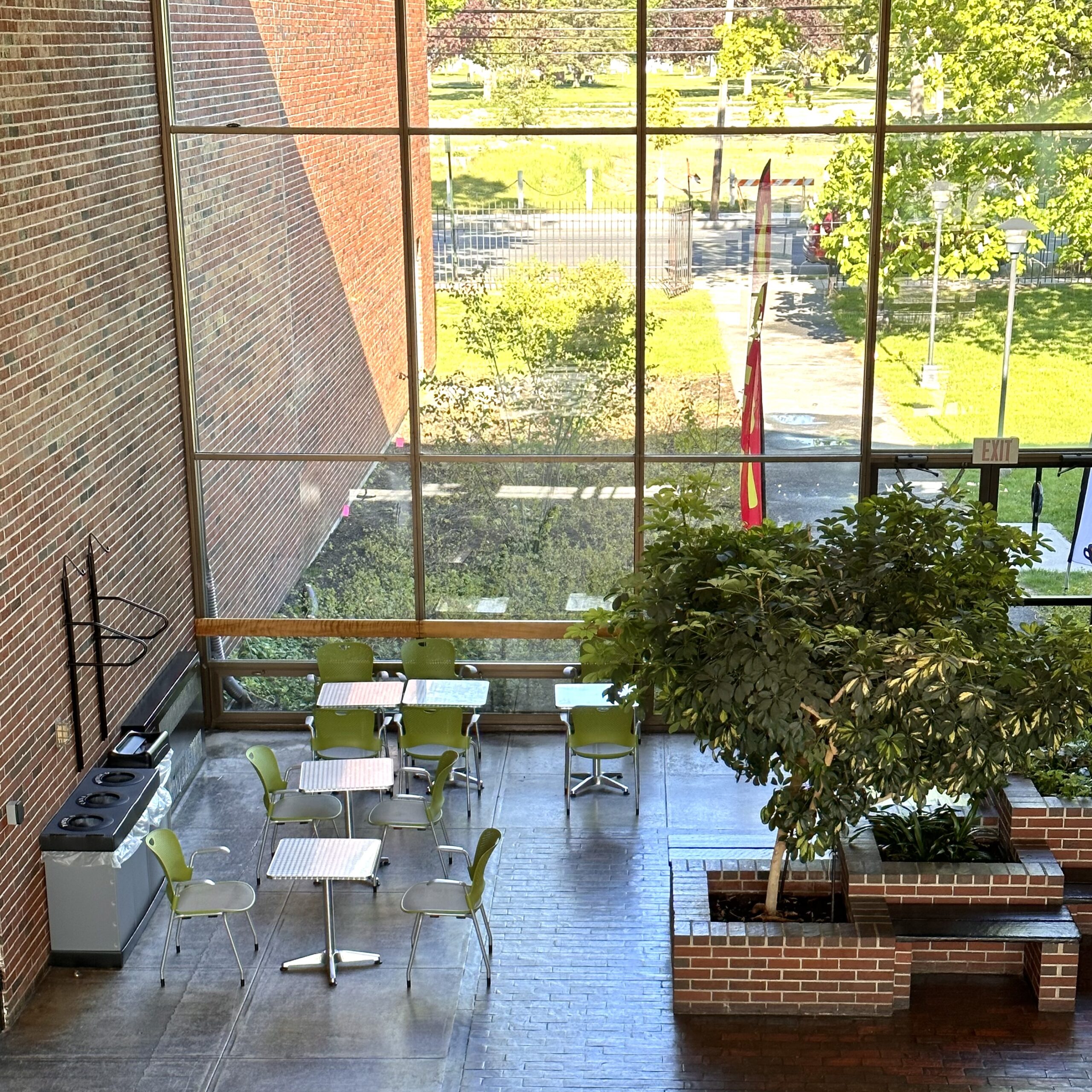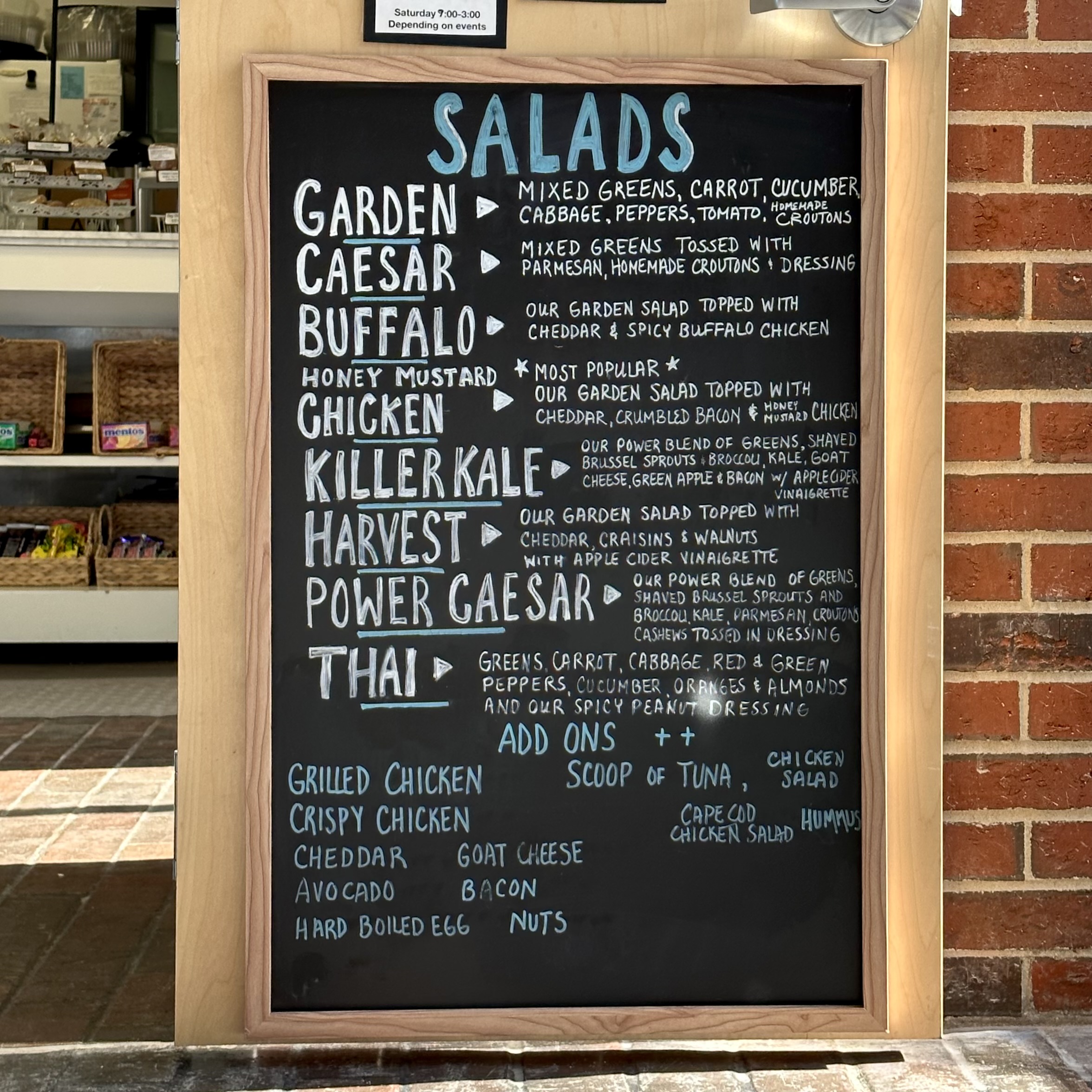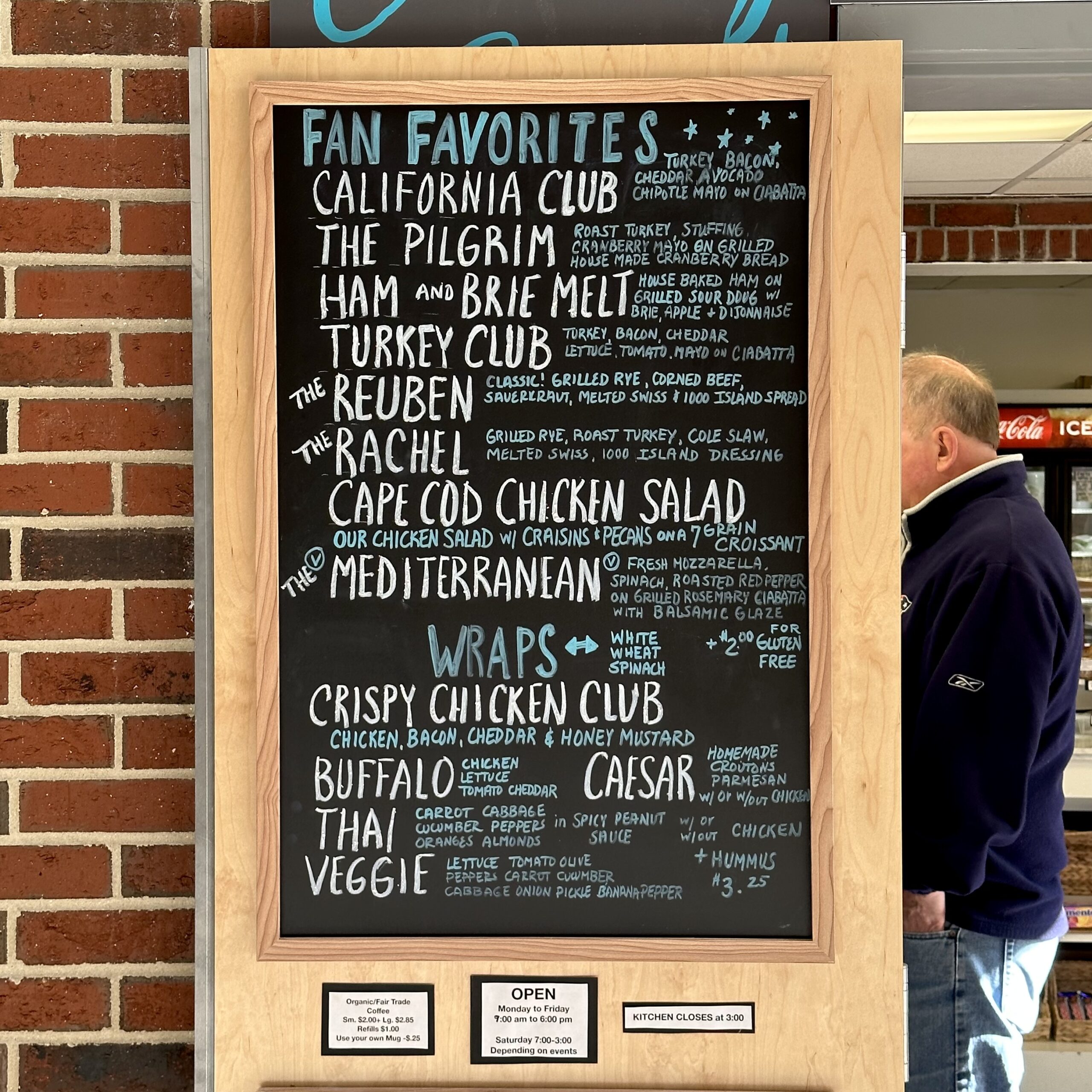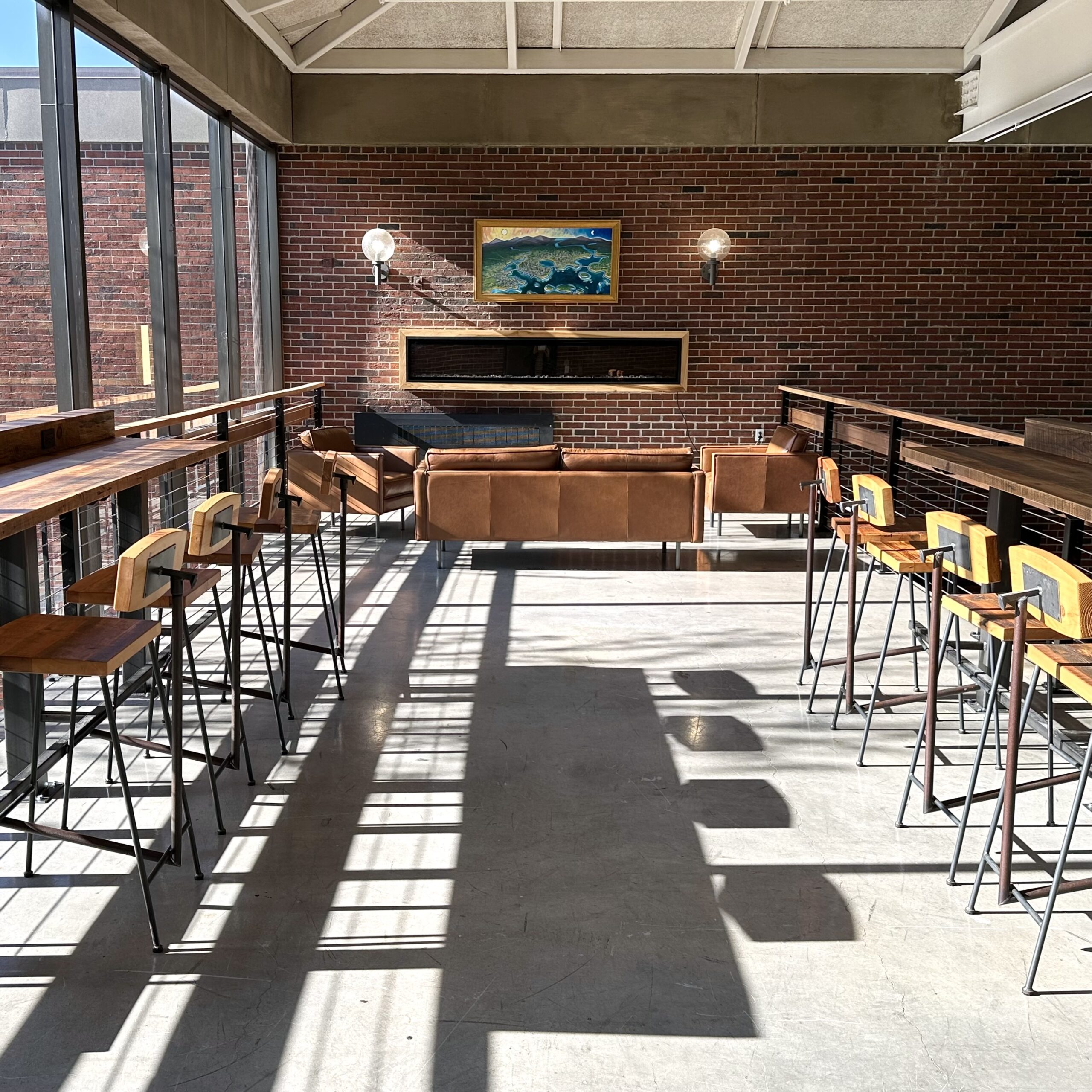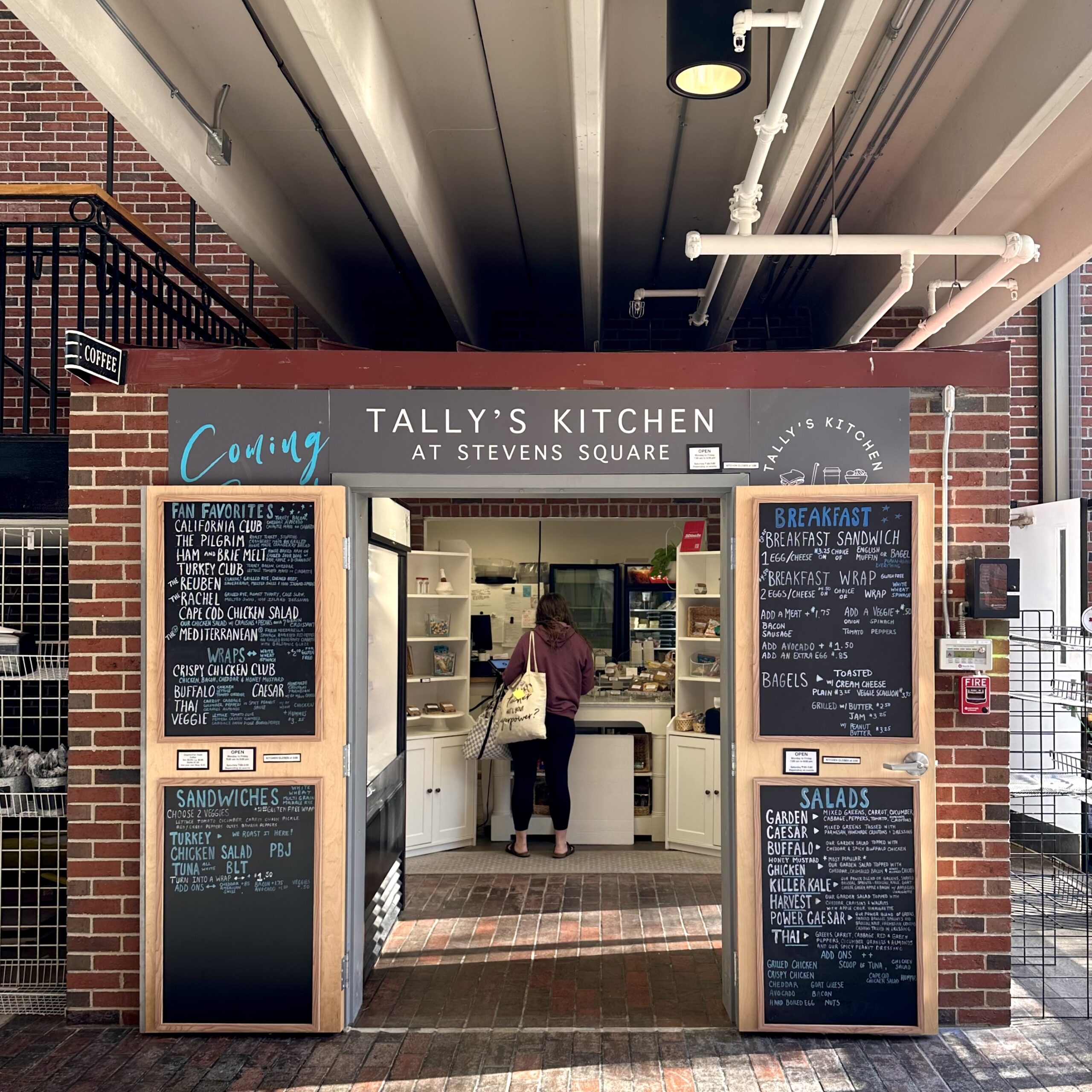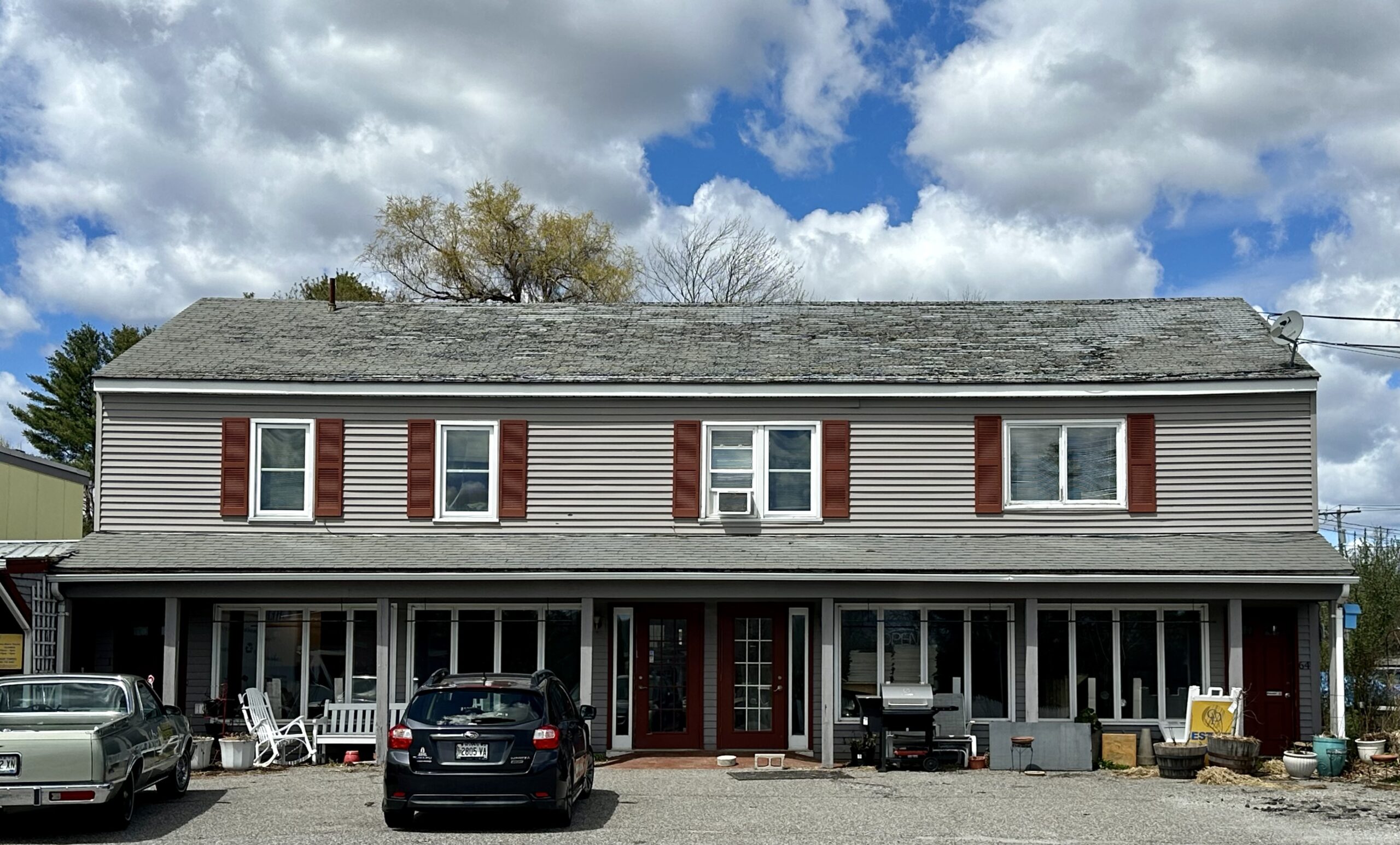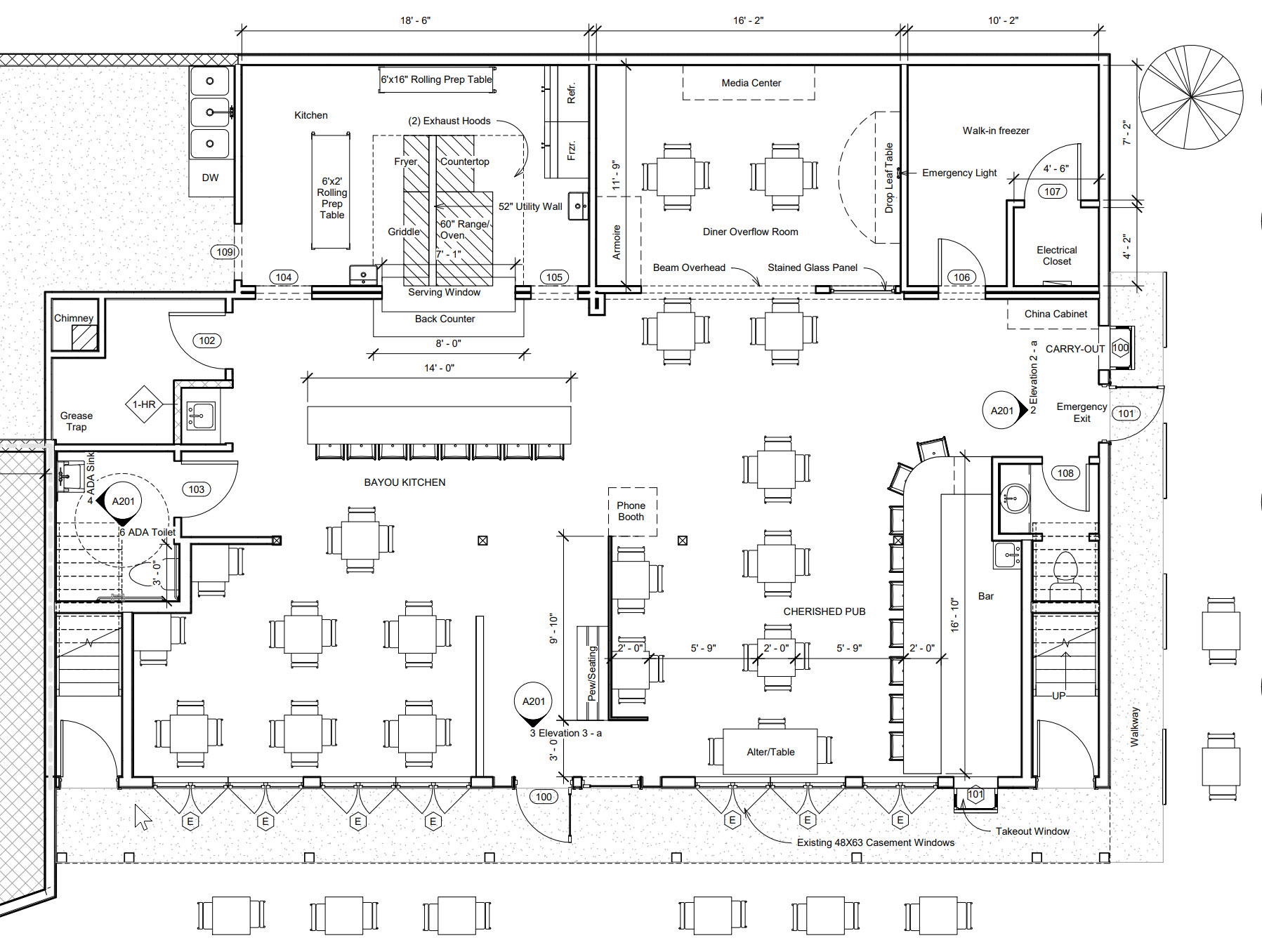Wednesday – La Gallera is holding a Puerto Rican takeout pop-up from the Belleville kitchen door on North Street.
Thursday – Mrs. Gee Free Living and Sur Lie are collaborating on a gluten-free dinner, and the first Maine Food Convergence session is taking place.
Friday – Onggi will be hosting Hana Makgeolli for a makgeolli brewing workshop.
Saturday – Maine Wild Wine Fest is taking place in Freeport.
Sunday – Judy Gibson is serving a 4-course dinner featuring wines from Italy.
May 21 – Coffee By Design is hosting coffee importer Jean Christophe Rustatira, owner of Umoko Coffee for a tasting and a talk and later in the day CBD is holding a tasting of three African coffees from Ethiopia, Burundi and Congo.
May 22 – Turamali is serving a 4-course Mexican dinner at Cabana.
May 25 – the second Maine Food Convergence session is taking place.
May 30 – GMRI is leading an Alewife Migration Walk at the Mill Brook Preserve.
June 4 – the Casco Bay Seafood Festival is taking place in Brunswick.
June 5 – The James Beard Awards ceremony will take place. Nezinscot Farm will receive an American Classics award and The Quarry in Monson will learn if they have won in the Outstanding Hospitality category. Scratch Baking is teaching a (sold out) bagel baking class,
June 11 – Big Tree Hospitality is holding a farm to table dinner at Wolfe’s Neck Center in Freeport.
June 12-18 – Portland Wine Week is taking place with events at restaurants all over the Portland area.
July 23 – Maine Open Farm Day is taking place.
August 23 – An Outstanding in the Field dinner is taking place at Dandelion Spring Farm with guest chef Neil Zabriskie from Regards.
September 10 – Maine Cheese Festival.
September 24 – The Saltyard is holding a cocktail brunch at Wolfe’s Neck Center in Freeport.
September 30 – Tender Table is holding their 3rd annual food and art fair in Congress Square Park.
October 8 – Maine Open Creamery Day is taking place.
November 5 – Chaval is holding a late harvest dinner at Wolfe’s Neck Center in Freeport.
